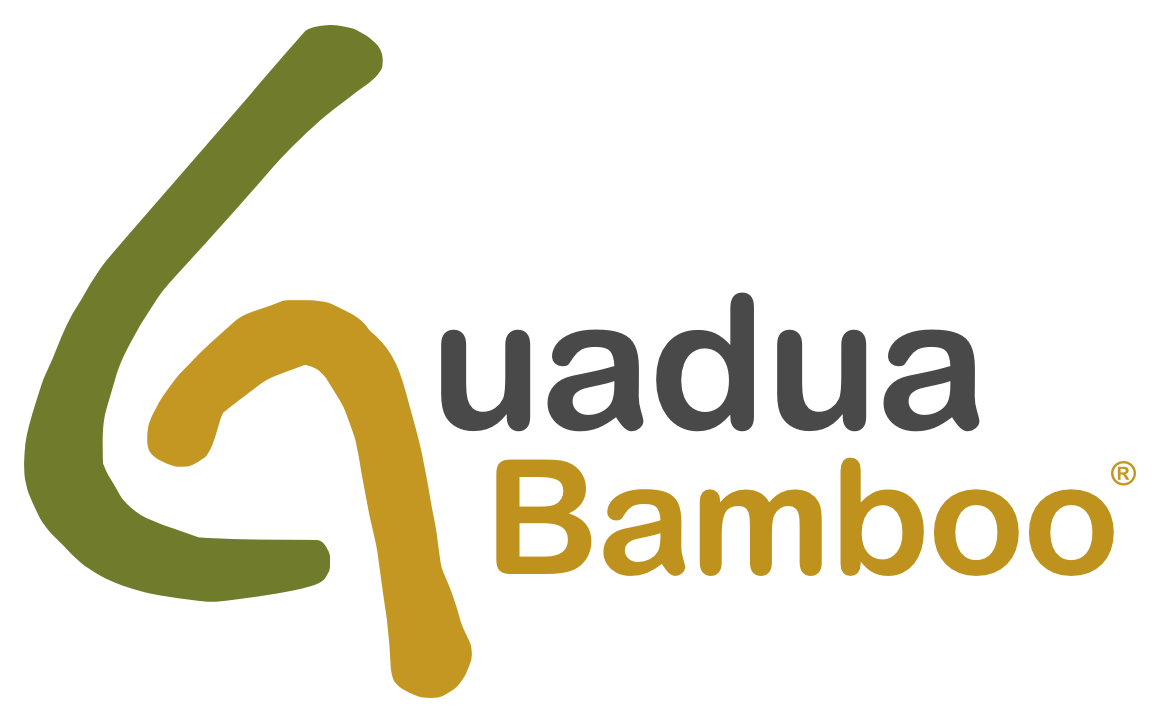
Bamboo History Timeline: From Ancient Traditions to Modern Innovation
Discover the fascinating history of bamboo with our complete timeline — from ancient China to modern aerospace applications. Learn how bamboo shaped culture, construction, and technology worldwide.

Lifting Rocks with a Guadua Bamboo Tripod
In the rugged terrain of rural Colombia, some of the toughest jobs still rely on the raw power of nature. This handcrafted Guadua bamboo tripod is a perfect example of that.
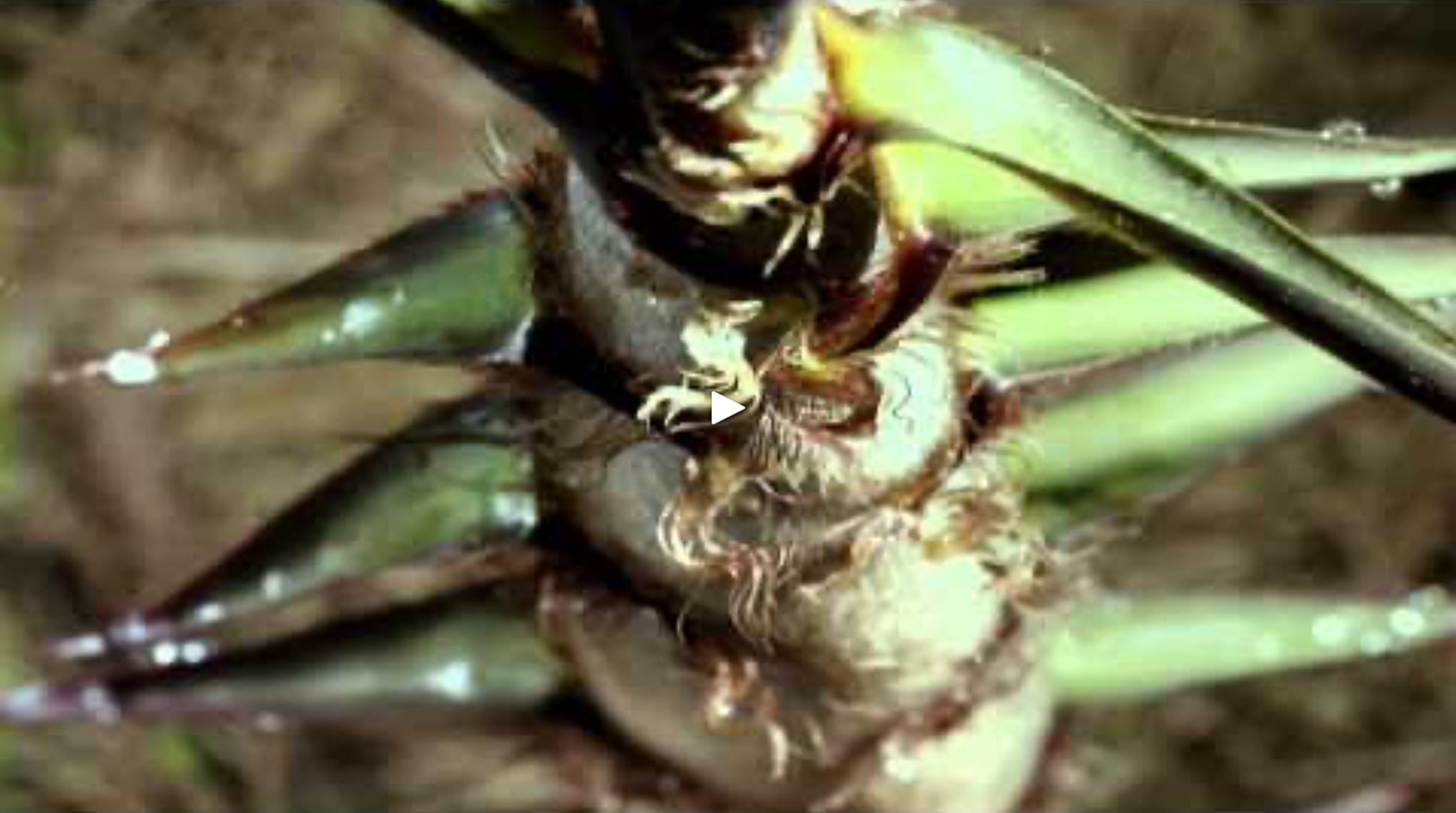
Bamboo is the Fastest Growing Plant on Earth
Bamboo is the fastest growing plant on earth. Some species of bamboo can grow more than 1 meter per day, which is about 4 cm per hour. No other plant grows faster.

Bamboo Provides and Endless Supply of Timber
Bamboo is a sustainable and renewable resource as it continuously spreads vegetatively. A bamboo forest will therefore develop much faster than tree forests.
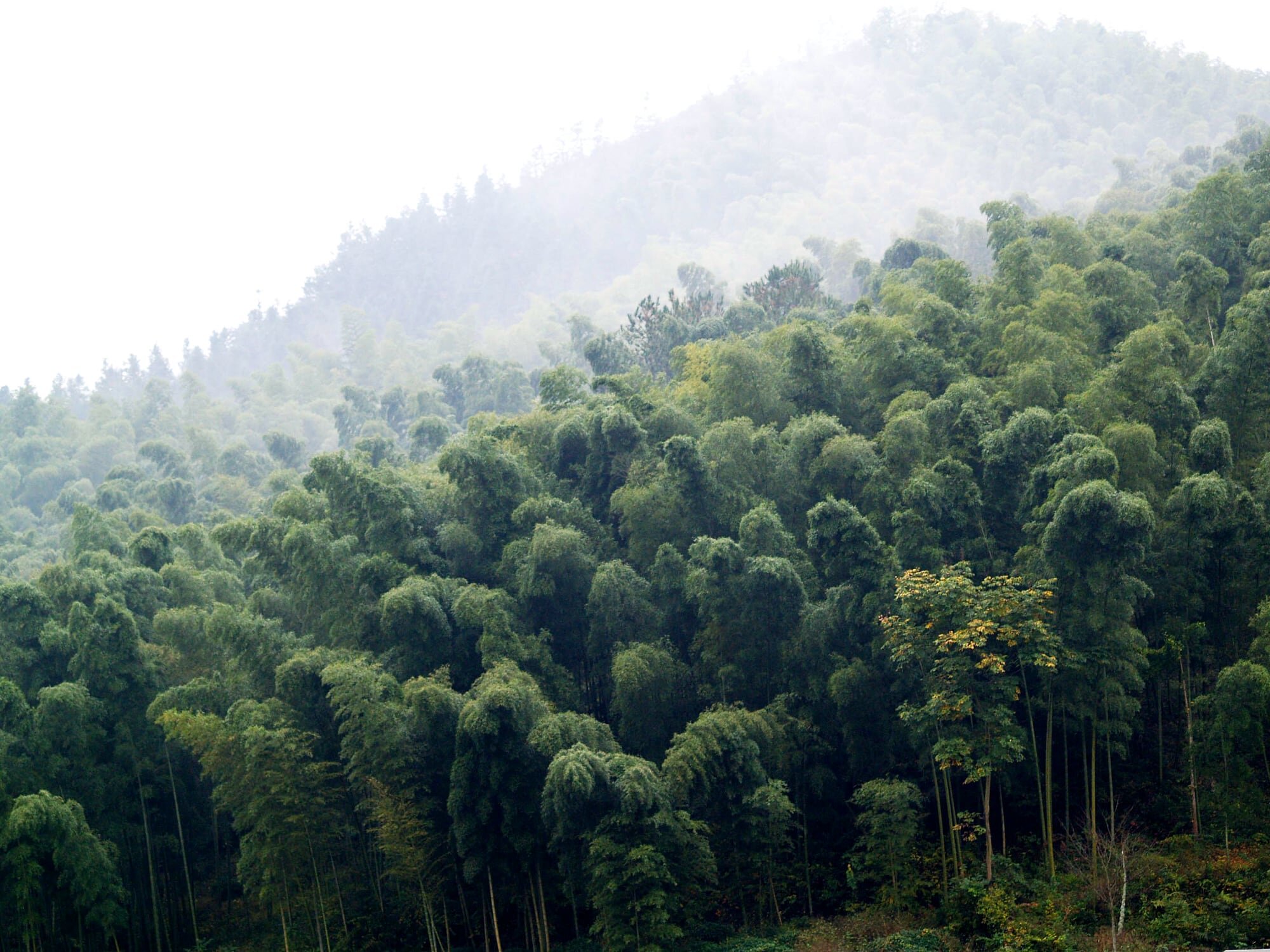
Bamboo Produces more Oxygen than Trees
They say that bamboo produces 35% more oxygen than an equivalent stand of trees. But is this really true, and which species were used to come to that conclusion?

Bamboo is a Highly Effective Carbon Sink
Bamboo plants absorbs enormous amounts of greenhouse gases, and because of its rapid growth, bamboo is very useful as a tool for carbon sequestration.
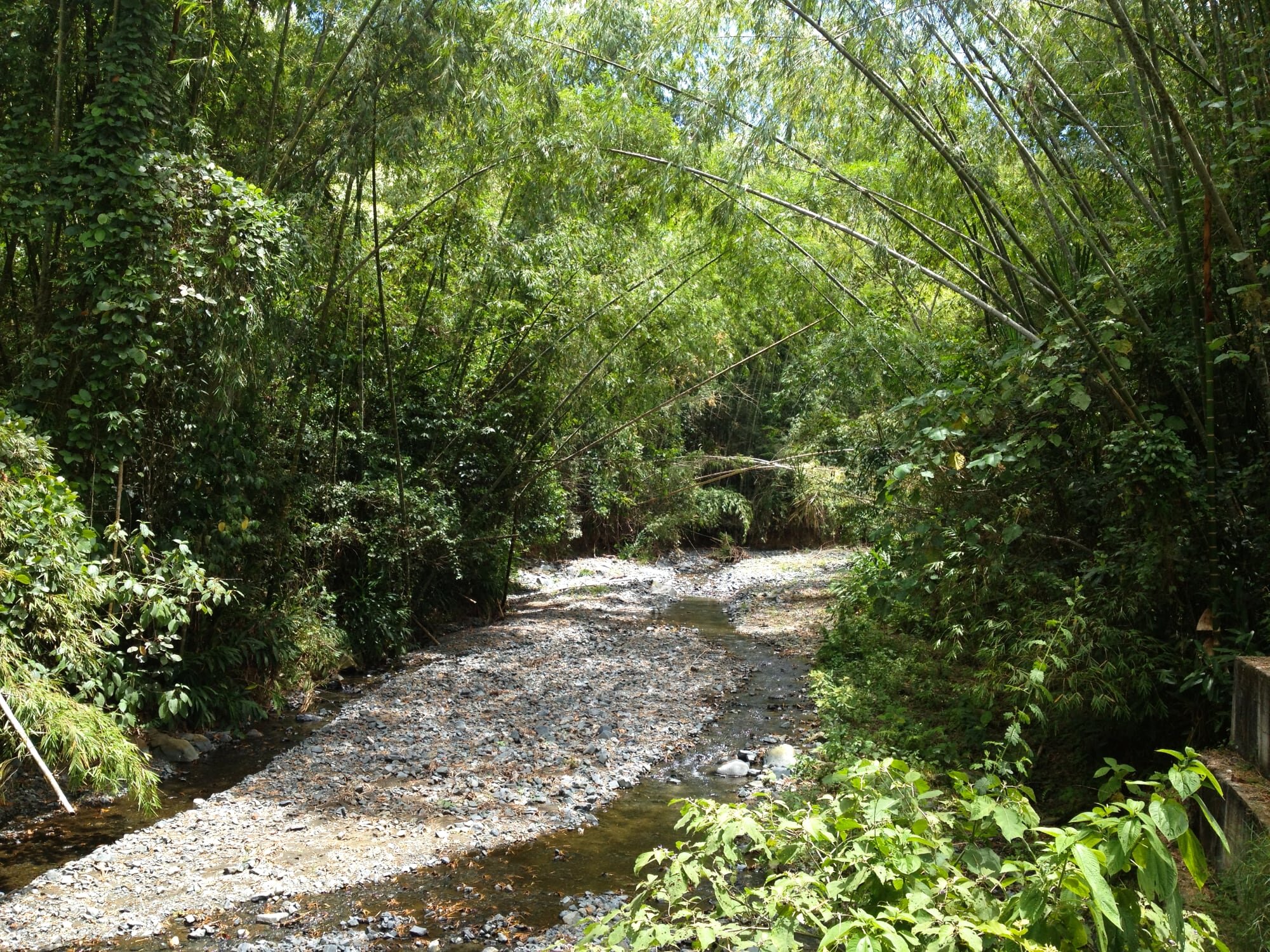
Bamboo Produces Water for Rivers and Streams
Bamboo acts as a reservoir by collecting and storing large amounts of water in its rhizomes and stems during rainy season, and returning water to the soil, rivers and streams during droughts.
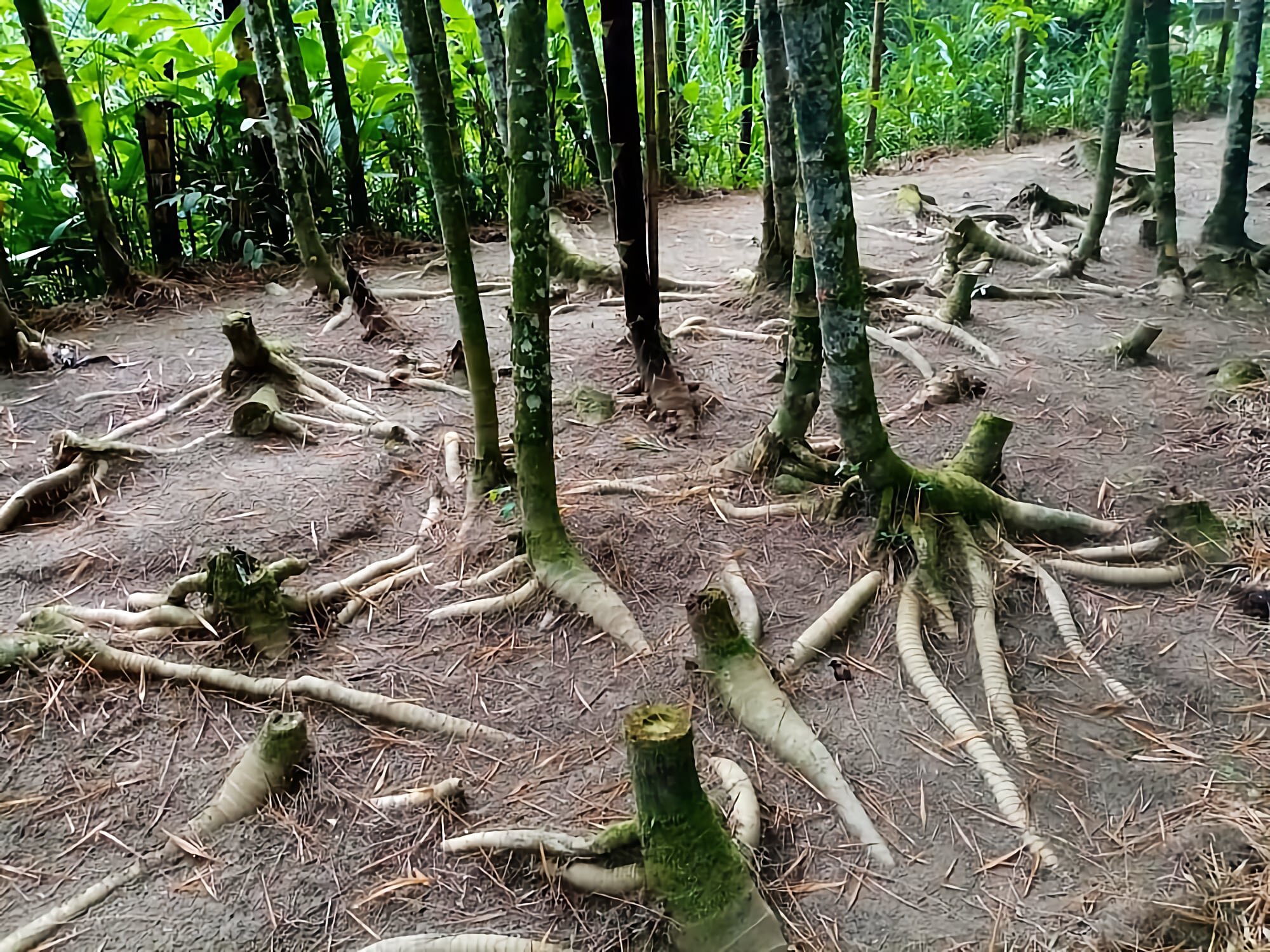
Bamboo Prevents Soil Erosion and Restores Degraded Land
Bamboo is a great tool for soil protection due to its rapid growth, permanent canopy and huge network of roots and rhizomes.

Bamboo Forests Create a Habitat for Fauna and Flora
Bamboo is an important part of a biodiverse ecosystem. Many animals rely on bamboo for food and shelter.
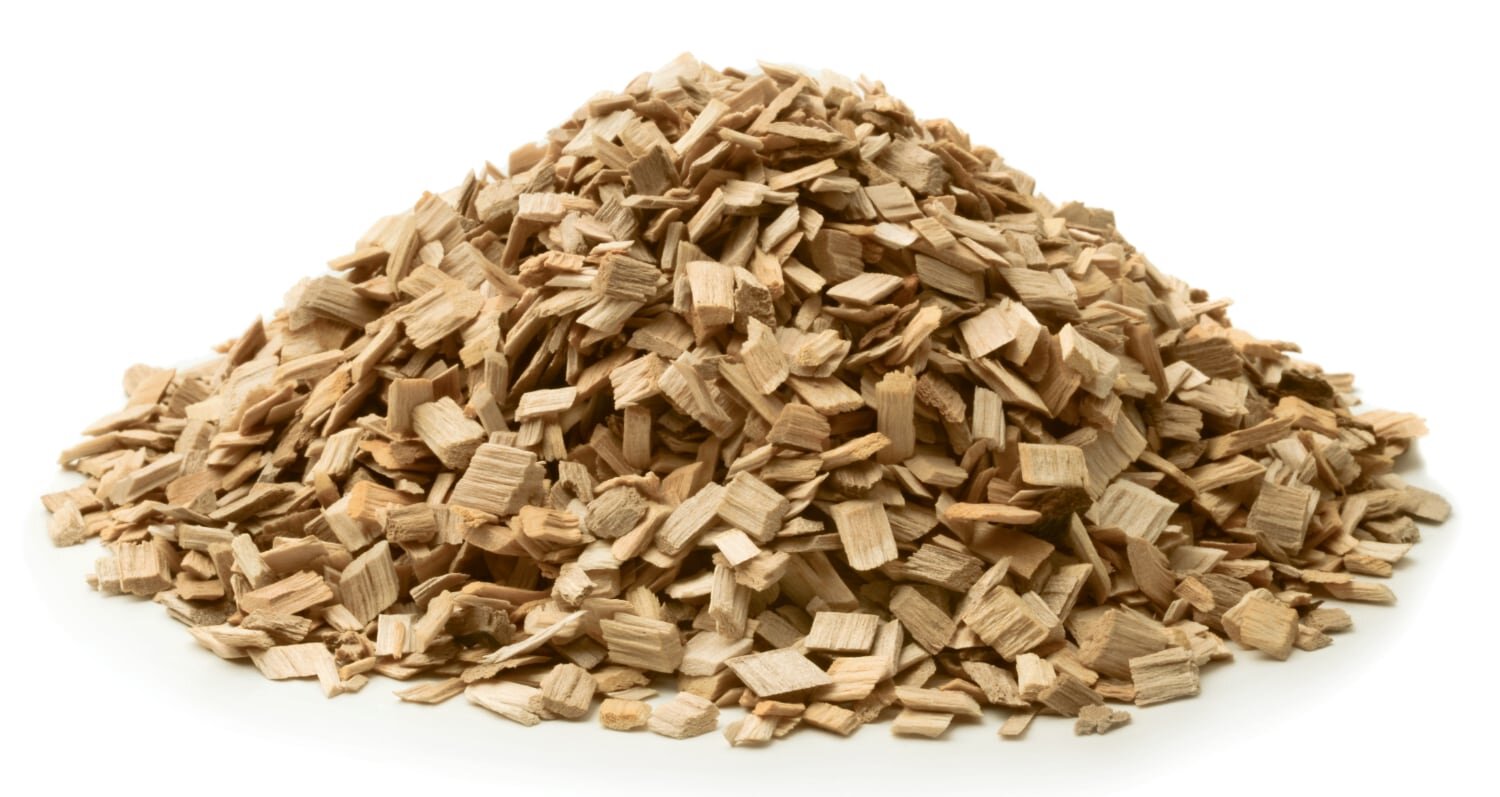
Bamboo Provides Biomass for the Production of Renewable Energy
Bamboo is a sustainable energy source that produces 1 kWh of electricity from 1,2 kg of bamboo. This is similar to the biomass requirements for wood products, but outperforms other types of biomass sources.
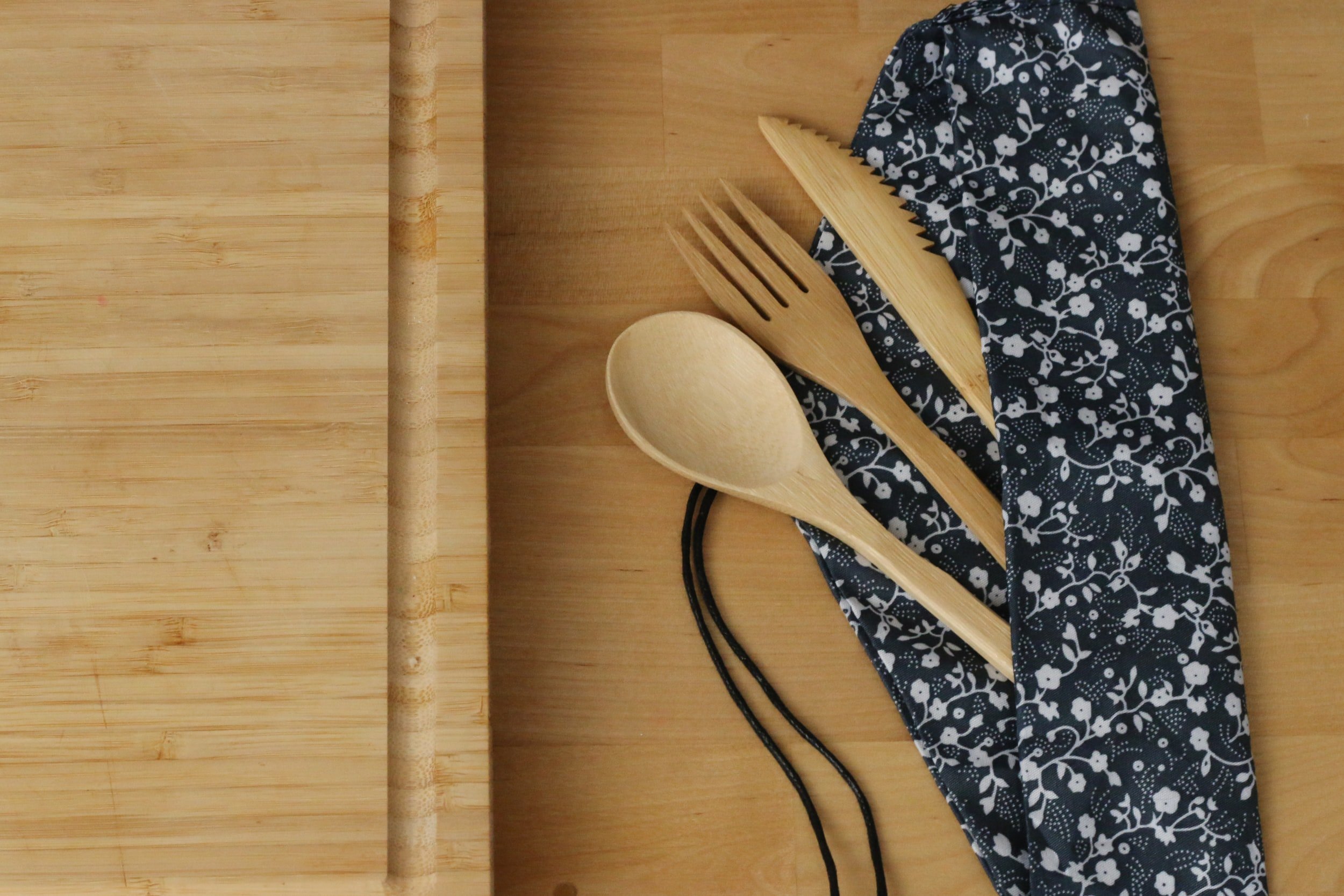
Bamboo can Replace Wood for any Application
Bamboo can replace wood in almost any application. Today, there are thousands of bamboo products that completely replace wood, ranging from paper and pulp products, flooring, musical instruments, furniture, construction materials, and so on.

Bamboo Reduces Poverty and Provides Livelihoods for Local Farmers
The bamboo sector plays an important role in the livelihoods of local farmers. Developing a stable bamboo industry is a great way to help reduce poverty, increase economic opportunities for men and women, and to fight global unemployment.
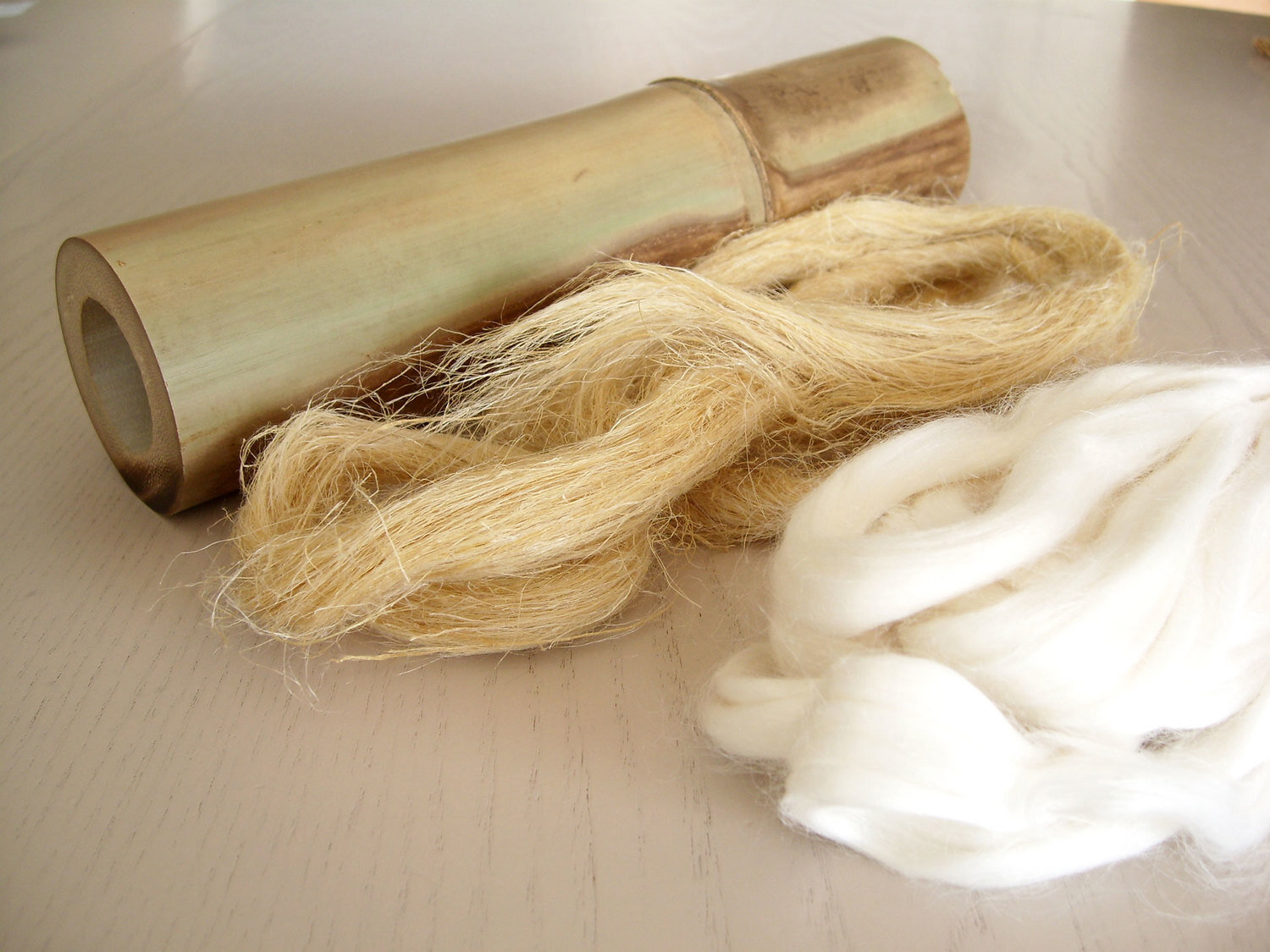
Bamboo Textiles And Fabrics: What You Need To Know Before Buying
In recent years different technologies have been developed that allow bamboo fiber to be used for a wide range of textile, fabrics, yarn, cloth, clothing and fashion applications such as T-shirts, pants, underwear, socks, towels, bedsheets, pillow covers, blankets, mattresses, and even bulletproof vests.
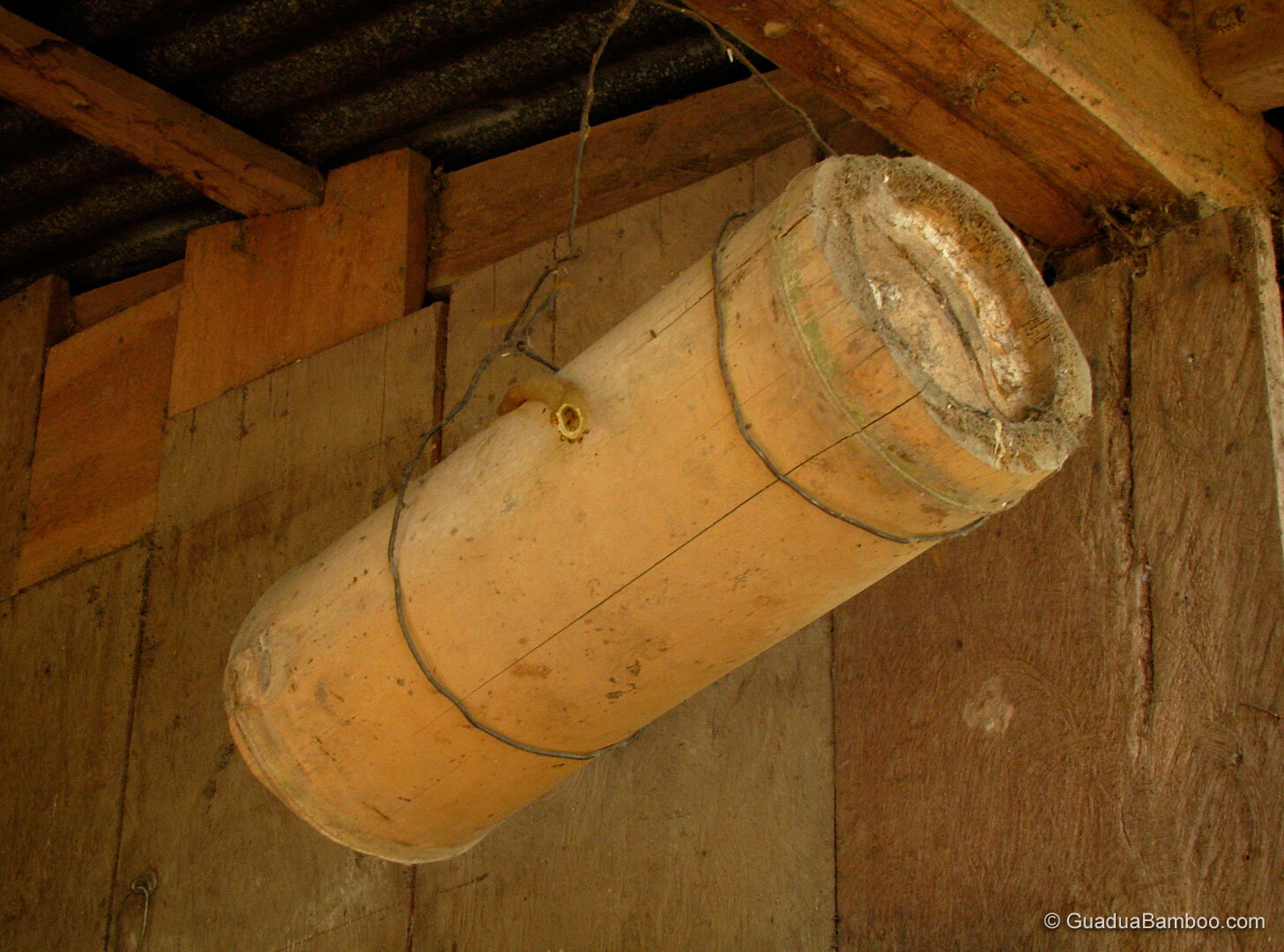
Bamboo Beehives: A Unique Way To Make Your Own Honey
In Latin America, farmers often use bamboo as beehives. Bamboo internodes (the part between 2 nodes) of larger diameter bamboo species such as Guadua angustifolia or Dendrocalamus asper are very well suited to make a bamboo beehive
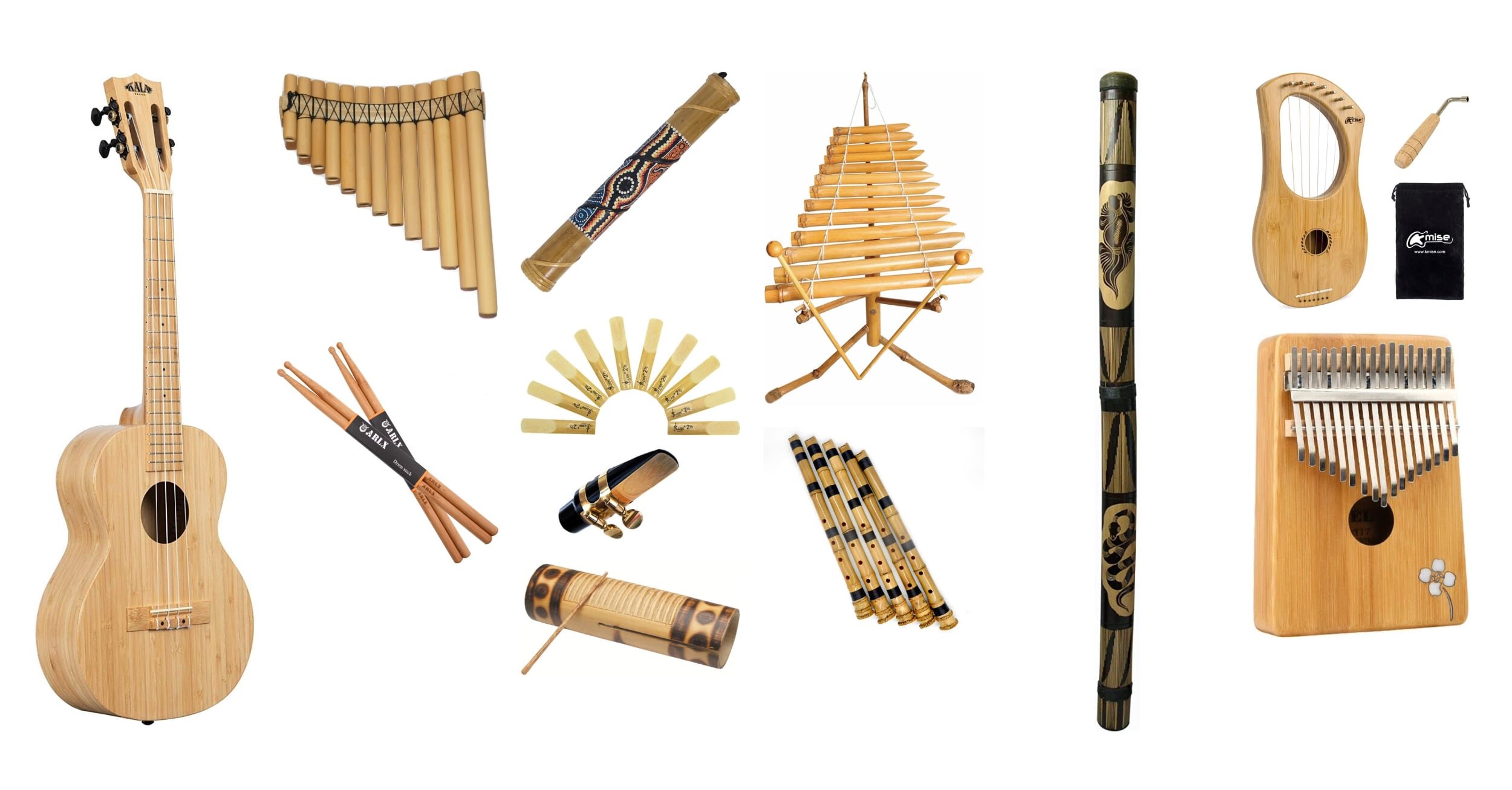
Bamboo Musical Instruments
Bamboo is used to make musical instruments for thousands of years, probably as a percussion instrument at first, but later also for wind instruments and stringed instruments. Its natural hollow form makes bamboo an obvious choice for many traditional instruments.
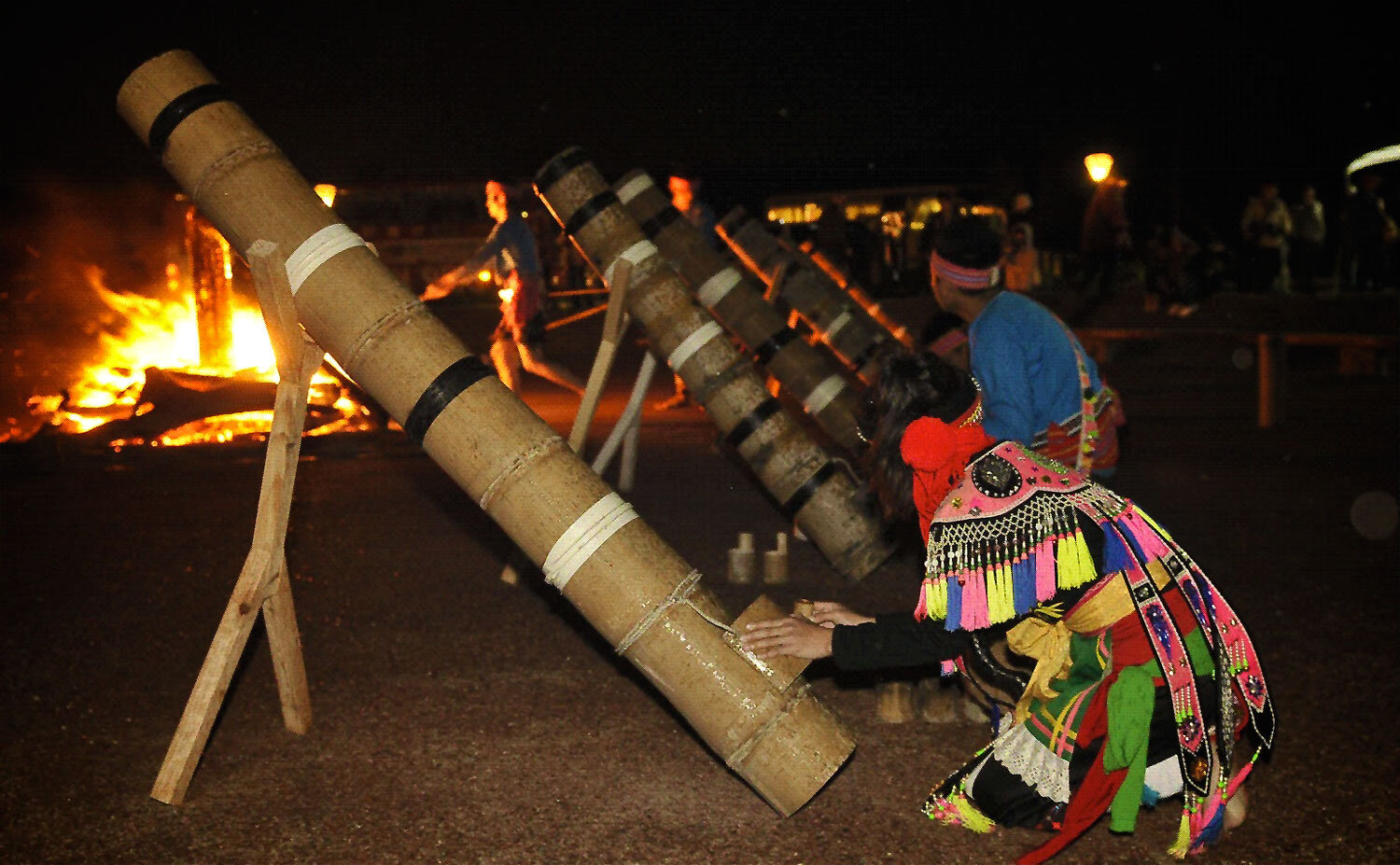
Bamboo Cannons
In the Philippines, you can find gigantic bamboo plants deep within the tropical jungles, mountains, and even near the rice paddies. Many Filipinos use this bamboo to make "Kerosene Bamboo Cannons", which they use as an alternative to firecrackers, during Christmas and the New Year.
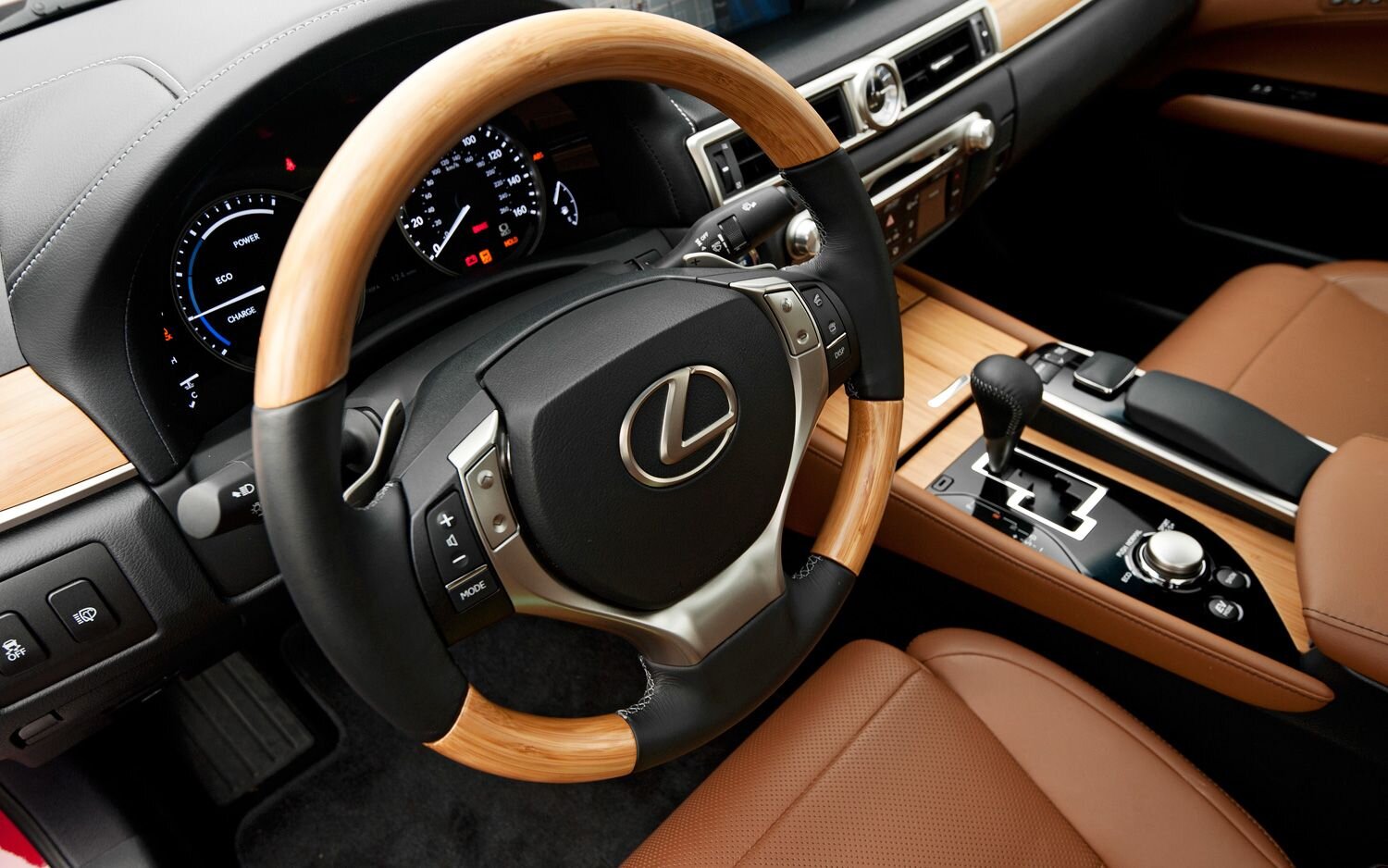
Bamboo Steering Wheel
After their unique premium sound system made from bamboo charcoal, bamboo fibre and resin, Lexus has now revealed their newest invention: the Bamboo Steering Wheel!

Corrugated Bamboo Roofing Sheets
Imagine if all Central and South American homes, offices and sheds would use corrugated roofs made from bamboo instead of zinc or plastic, and imagine if all these roofs were produced from locally available native bamboo forests and plantations.
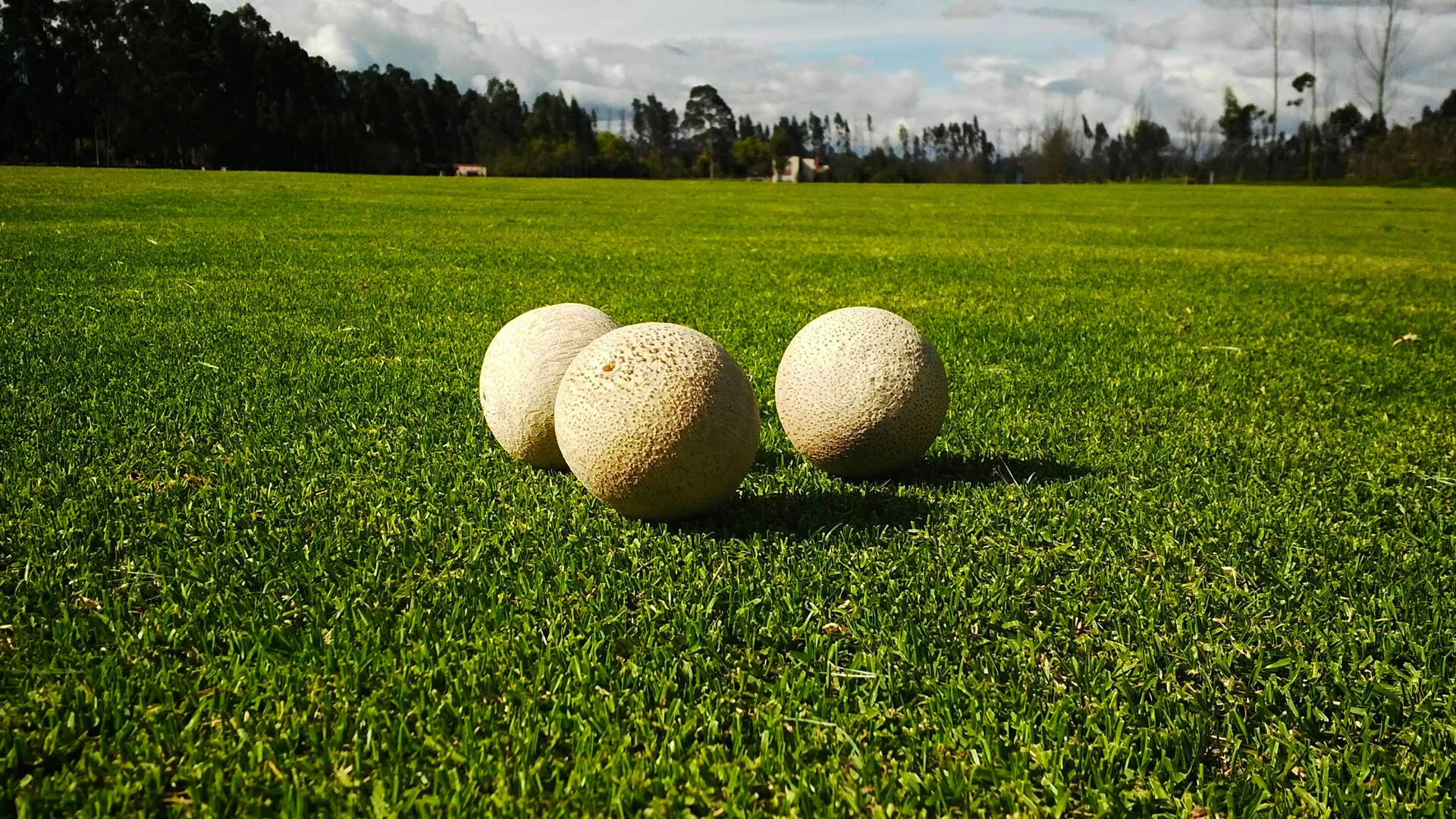
Bamboo Polo Balls
Bamboo polo balls where made and used during most of the 20th century, as they were stronger than wooden balls. They originate from India where the first polo club was established in 1833.
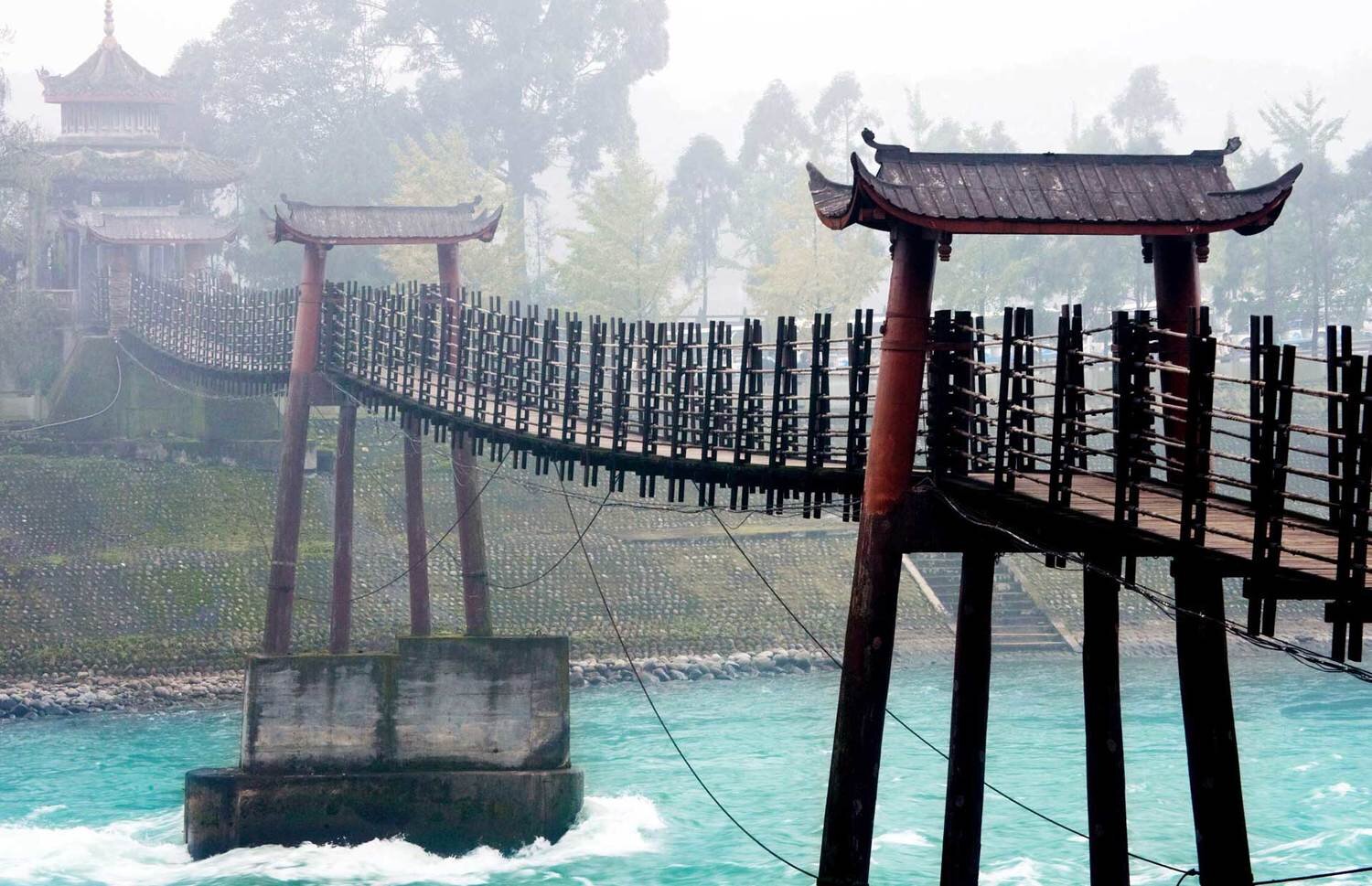
Bamboo Cables
Marco Polo was the first to reveal the domestic value and importance of bamboo to the Western World trough his historic travels in Asia. Among many other discoveries, he described how the Chinese used and manufactured bamboo cables for towing boats.
